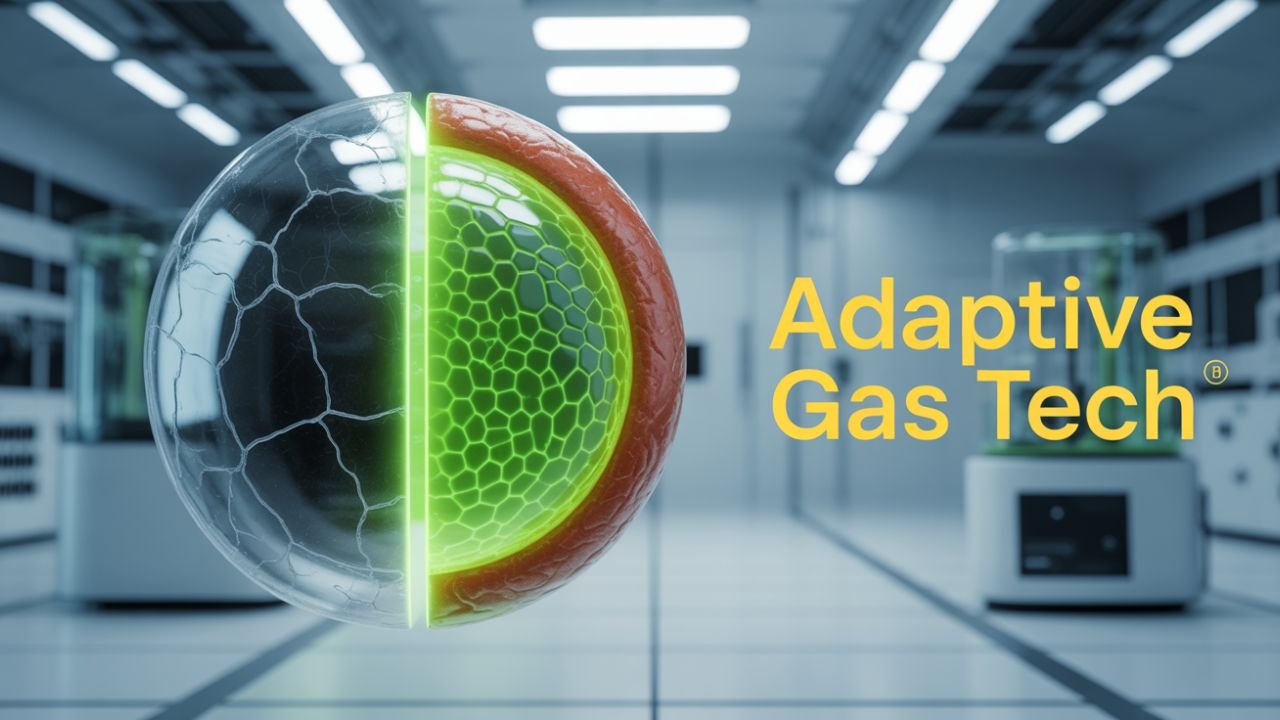Clean water and pollution control are among the biggest challenges facing the world today. Due to the limitations of conventional water purification techniques, scientists have turned to new technologies. One of these is Membranes Technology, which has revolutionized water, wastewater, desalination and various filtration processes. In recent years, this technology has taken a more advanced form called Smart Membrane, which can adapt itself according to the external environment.
Importance and Development of Membrane Technology
Membrane technology is basically a process in which thin surfaces (membranes) are used to filter specific substances. Earlier this technology relied on surfaces with static properties, which limited its potential. But today it has been made more effective by paying attention to aspects such as chemical composition of the surface, surface energy, surface structure and anti-fouling performance.
Now smart materials are being used in this technology, which are called stimuli-responsive materials. These are substances that can change their behavior according to external conditions such as pH, temperature, light, electrical voltage and gas.
Main features of smart membrane
The biggest advantage of smart membrane is that it not only removes pollutants, but also adjusts itself according to the changing environment. For example:
- Oil-water separation
Three types of materials are used in it:
- Stimuli-responsive materials – which change their structure on external signals such as pH or temperature
- Water-removal materials – which attract only water from the mixture.
- Oil-removal materials – which attract only oil from the mixture.
- Gas and temperature-based responsiveness
Such membranes change their permeability when there is a change in gas or temperature.
These features have not only increased its efficiency but also given better results in less energy.
Research and global trends
Research on smart membranes has gained momentum in recent years. According to statistics, an average of 318 research papers are published every year, which shows the growing interest in this technology.
Material science (18.9%) and engineering (17.8%)** have contributed the most in this field, while chemistry, chemical engineering, biochemistry and computer science are also playing an important role.
Research is now focused on nanomaterial based membranes, biomimetic membranes and polymeric membranes, which are making it more efficient.
Practical applications
Smart membranes are being used in many areas:
- Water purification and wastewater treatment – extremely effective in removing industrial and domestic pollutants.
- Oil-industry – helpful in purifying and reusing waste oil.
- Biomedical field – in drug delivery, tissue engineering and sensor development.
- Environmental protection – in air pollution control and industrial waste management.
- Food packaging – as temperature and humidity controlled packaging material.
Challenges and future directions
Although this technology offers many advantages, it still has some challenges:
- Long-term stability – its efficiency may decrease in constantly changing environments.
- High cost and complex manufacturing process.
- Complex design and energy requirement of the system.
In the future, scientists are working on developing hybrid smart membranes that can respond to multi-stimuli and are more durable.
Conclusion
Smart membrane technology is revolutionizing conventional membrane science. Its customizability, versatility and high efficiency make it ideal for modern industrial and environmental solutions. If efforts to reduce its manufacturing cost and increase durability are successful in the coming years, this technology can become a sustainable solution to water crisis, pollution and industrial challenges.
